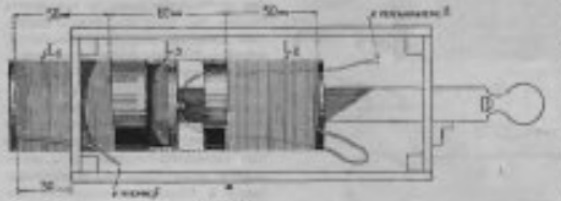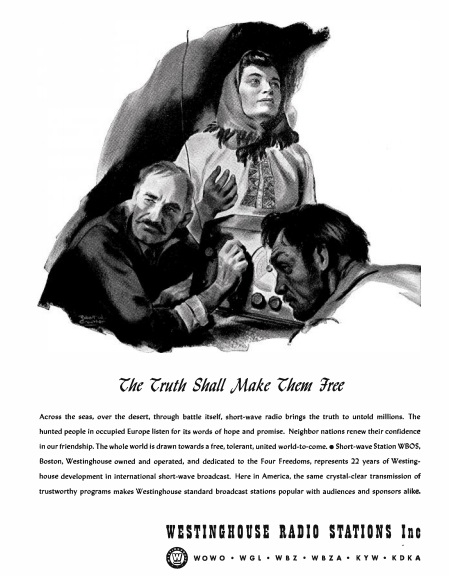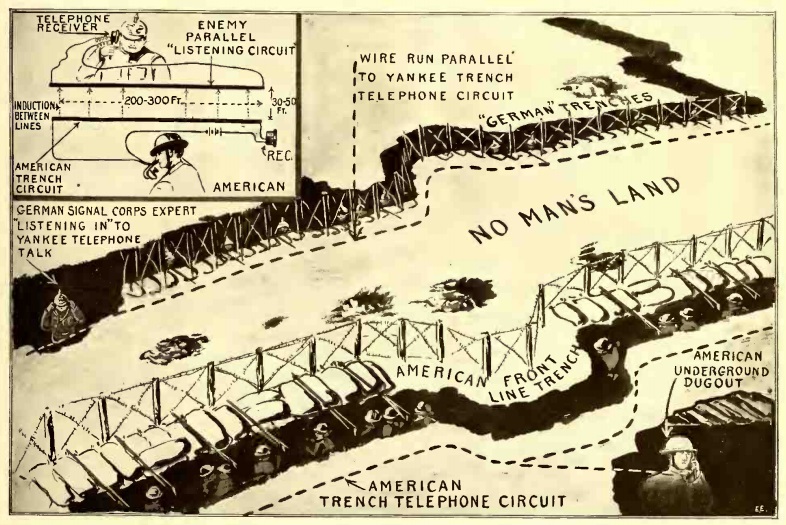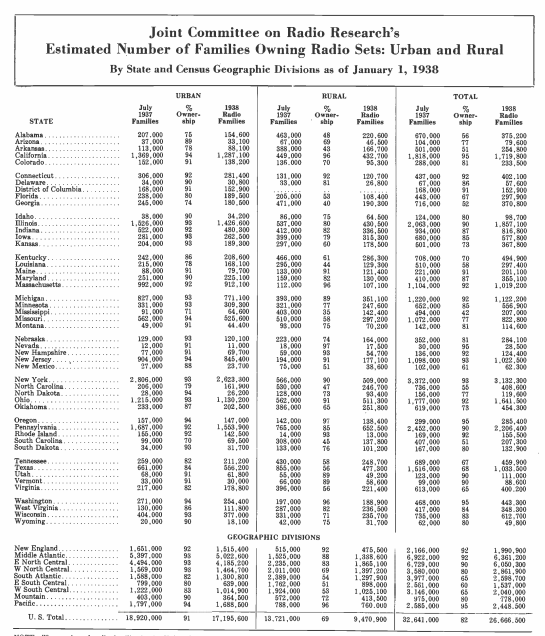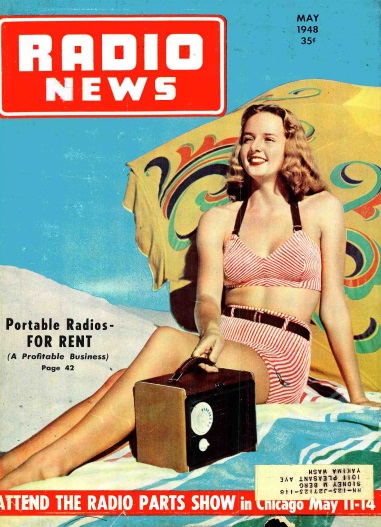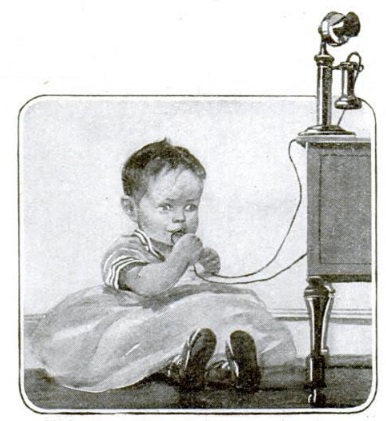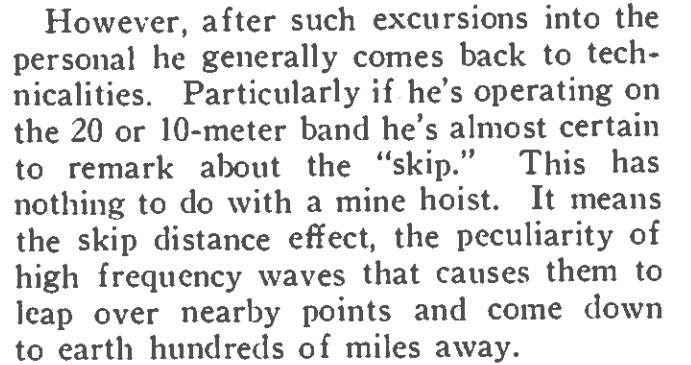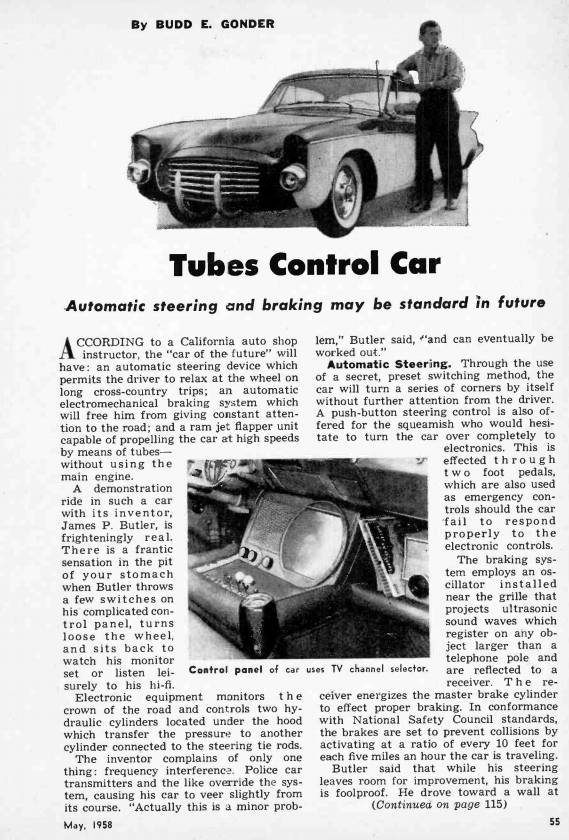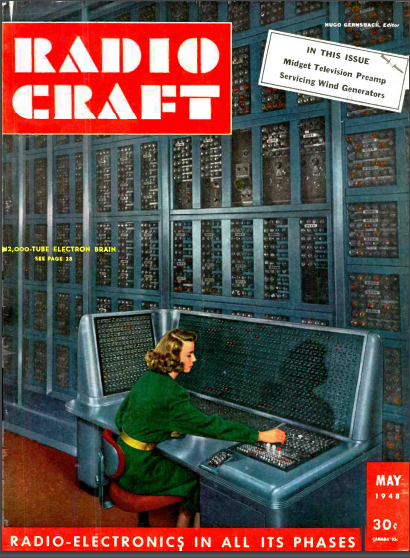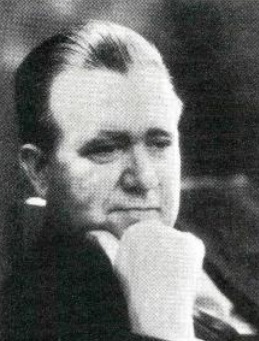 Eighty years ago this month, the May 1938 issue of Radio News carried a biography of Irving Vermilya, W1ZE, who had a rather compelling claim as being the first amateur radio operator. Not only did he have the first license, but he got his first receiver from Marconi himself, before there was even anything on the air to listen to.
Eighty years ago this month, the May 1938 issue of Radio News carried a biography of Irving Vermilya, W1ZE, who had a rather compelling claim as being the first amateur radio operator. Not only did he have the first license, but he got his first receiver from Marconi himself, before there was even anything on the air to listen to.
In 1901, after hearing that Guglielmo Marconi had received the letter S across the Atlantic by wireless, the eleven-year-old Vermilya, then of Mt. Vernon, NY, was determined to visit Marconi in Newfoundland. According to the 1938 article and later accounts, Vermilya’s parents granted permission after the family minister, Dr. Charles H. Tyndell, offered to accompany him, and Vermilya traveled to Newfoundland and attended a presentation put on by Marconi. Marconi took notice of the young man in the midst of scientists and engineers, and gave him a coherer and tapper, which he took home and assembled into a receiver.
Vermilya’s own account, however, in two 1917 QST articles, is slightly less dramatic. Vermilya mentions nothing about a trip to Newfoundland or a personal audience with Marconi. Instead, he reports that the minister eventually contacted Marconi and obtained the parts, which he passed along to young Vermilya.
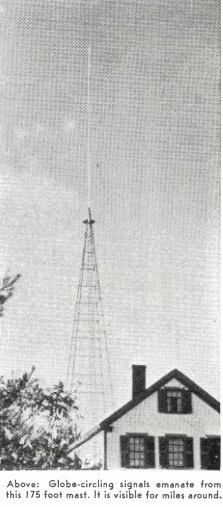 But one way or another, Vermilya got a receiver from Marconi. There were yet no transmitters on the air, but Vermilya was assured that the set was working, since he could detect the ringing of doorbells up and down the street.
But one way or another, Vermilya got a receiver from Marconi. There were yet no transmitters on the air, but Vermilya was assured that the set was working, since he could detect the ringing of doorbells up and down the street.
In 1907, Vermilya took his first job in radio aboard the steamer Caracas to South America. He went on to serve as general manager of press station WCC, and later other marine, broadcast, and police stations. By 1937, his home contained the 175 foot mast shown here, which was reportedly visible for miles.
Vermilya’s claim as the first amateur was strengthened by the fact that he was also the first licensed amateur. When the government began licensing in 1912, he hurried to the Brooklyn Navy Yard where he was issued “Certificate of Skill” number 1.
Vermilya died in 1964 at the age of 73.
References

 I’m not sure what the difference is between a “Micro” tube and a “Micro DS” tube, but apparently it was a big difference, and the Micro DS was much better, as shown by the illustration above, which appeared on the cover of the May 1928 issue of the Soviet magazine Радио Всем (Radio Vsem, Radio All) magazine. The smaller illustration at the left was inside the magazine, and made clear that the DS had the upper hand.
I’m not sure what the difference is between a “Micro” tube and a “Micro DS” tube, but apparently it was a big difference, and the Micro DS was much better, as shown by the illustration above, which appeared on the cover of the May 1928 issue of the Soviet magazine Радио Всем (Radio Vsem, Radio All) magazine. The smaller illustration at the left was inside the magazine, and made clear that the DS had the upper hand.

